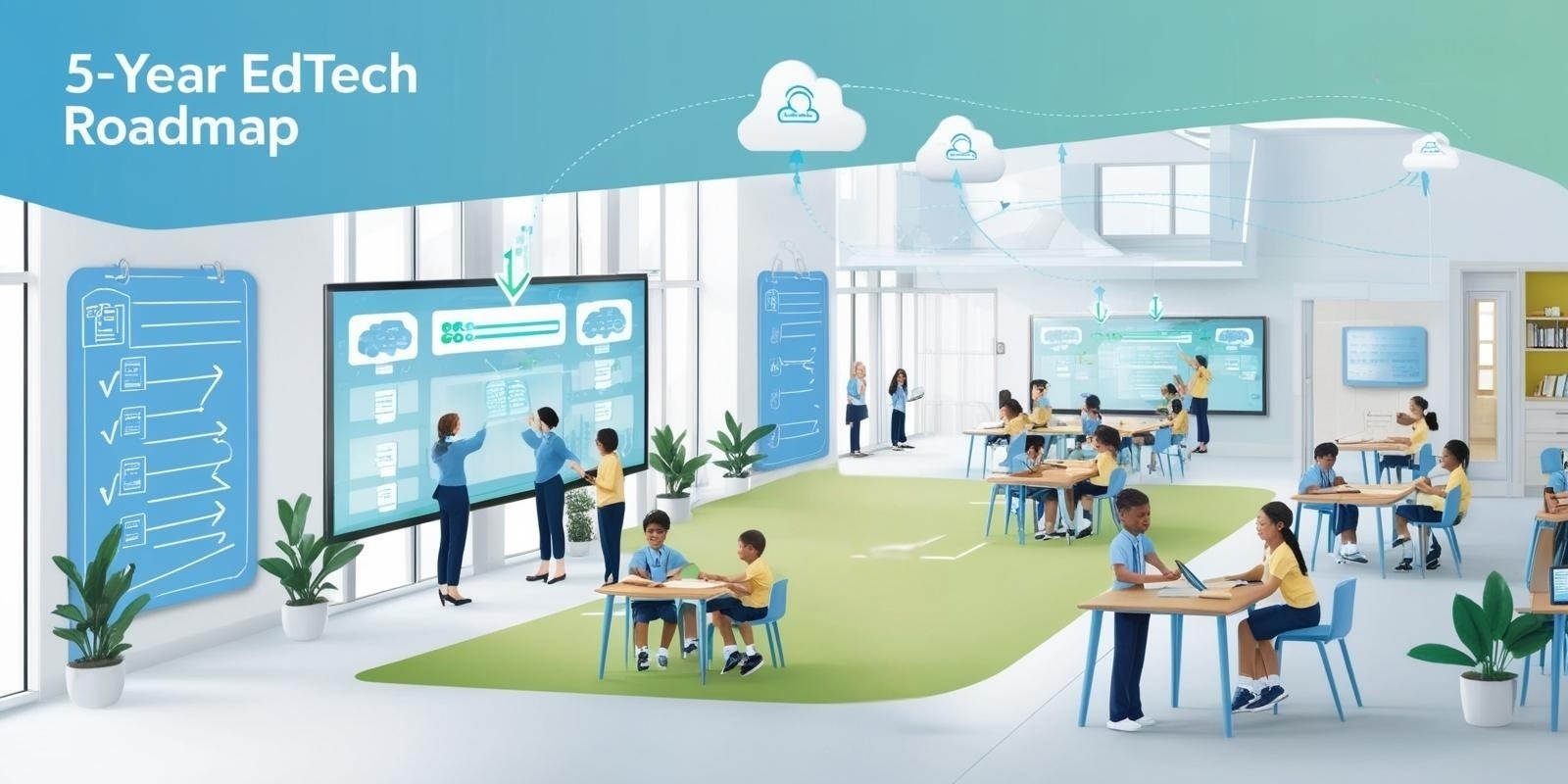Evolution of Large Touch Screen Display
Once upon a time, the only place you would encounter touchscreen was in a science fiction show or literature. The ability to touch and complete an action is something that is taken for granted now, but the touch screen display widely used today took several decades to become perfect. Let us take a look at the development of touchscreens from the bulky and imprecise technology to the highly efficient variants of today.

The Types of Touch Screens
Capacitive Touch Screen –
Capacitive touchscreens were some of the first touchscreen devices to be used. This technology dates back to 1940s. The capacitive technology uses human finger as electrical conductor. This is the most commonly used technology in mobile phones and large touch screen monitor today.
Resistive Touchscreen –
Resistive touchscreens were introduced to world in the 1970s by Dr. G. Samuel Hurst. The resistive touchscreen works by placing pressure on conductive cover sheet that triggers voltage flow via “X” and “Y” wires. This technology is mostly used in factories, restaurants, hospitals and other similar settings.
The First Touch Screen
The first touchscreen dates backs to around 1966. Rather than being the resistive technology of the 1980s and 1990s, this touchscreen device used capacitive technology, just like modern phones. The touchscreen device used was a radar screen. Invented by E. A. Johnson, this radar screen was used by the Royal Radar Establishment for air traffic control. But the touchscreen was bulky, slow, imprecise and very expensive. The technology was largely impractical and there was hardly any progress for almost a decade.
Touchscreen in the Classroom
In, 1971, Plato IV became the first computer-assisted system that was equipped with a touchscreen to be used in a classroom. Today, large touch screen monitors have become ubiquitous in classroom of all grade levels.
Multi-Touch Capabilities
Nimish Mehta of the University of Toronto developed what was basically a “touch tablet” in the early 1980s. To detect motion, the ‘touch tablet” had a camera placed behind a frosted-glass panel. Also, in the 1980s, Myron Krueger was responsible for the development of a system that could react differently to hand or finger poses. These two inventions would help in the development of large touch screen displays that are common today.
Touchscreens Become Accessible
Thanks to IBM’s Personal Communicator, considered the first cell phone to have a touchscreen, touchscreens become more accessible. The Personal Communicator had email and paging capabilities. It also included a stylus activated sketch pad. Personal Communicator would soon be followed by PDA (Personal Digital Assistants) from Apple and Palm with touch activated capabilities. These were the first in the line of products that made large touch screen display accessible to common public.
Touchscreen Technology Today
Touchscreen technology and gesture based technology evolved rapidly in the early 2000s. We now have touch-activated smartphones, tablets, monitors and televisions. Gesture-based devices allow the users to maneuver images and animations and zoom in and out with incredible precision and ease.
In time, the touch screen technology is expected to evolve with devices being able to recognize multiple touches simultaneously, which would make the technology even more expansive than what it is today.
.png?width=1322&height=350&name=C3ITXperts-logo-R%20(1).png)







